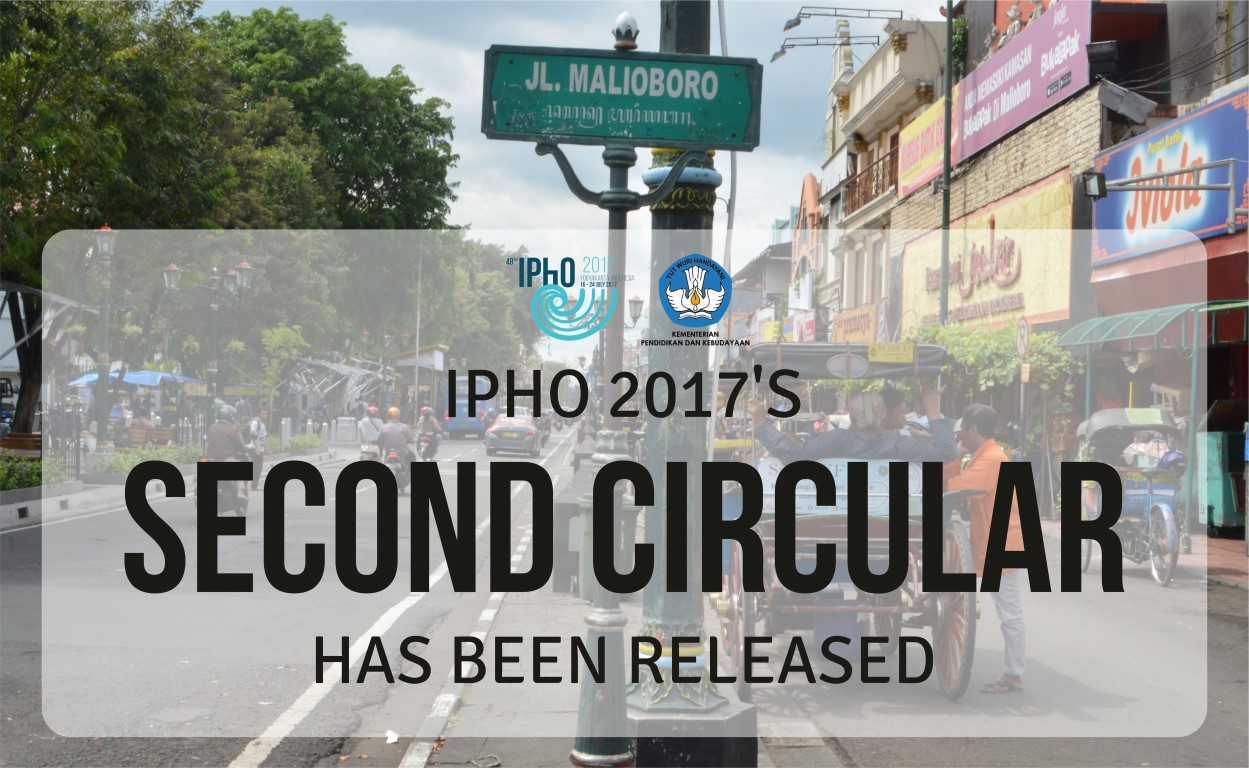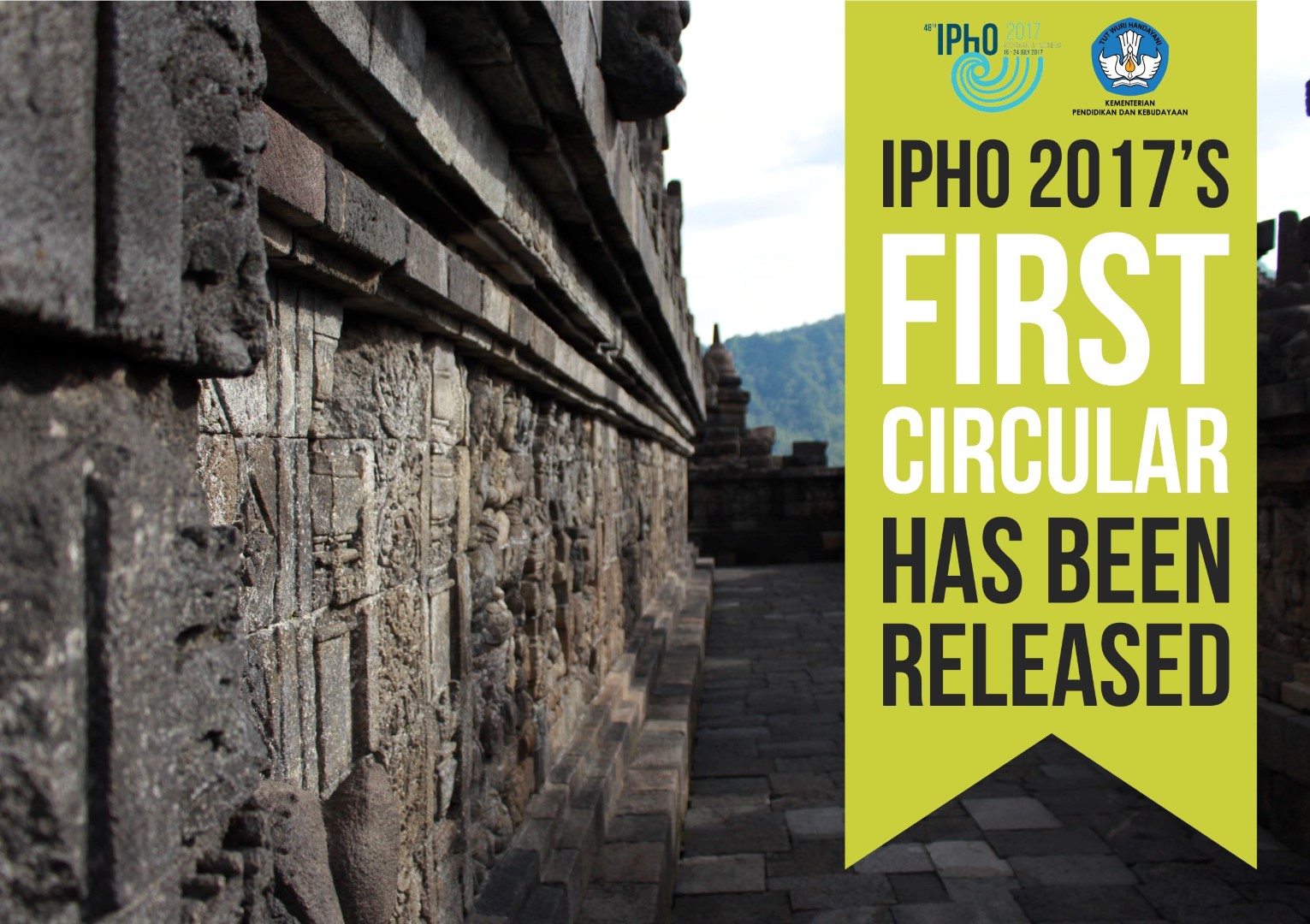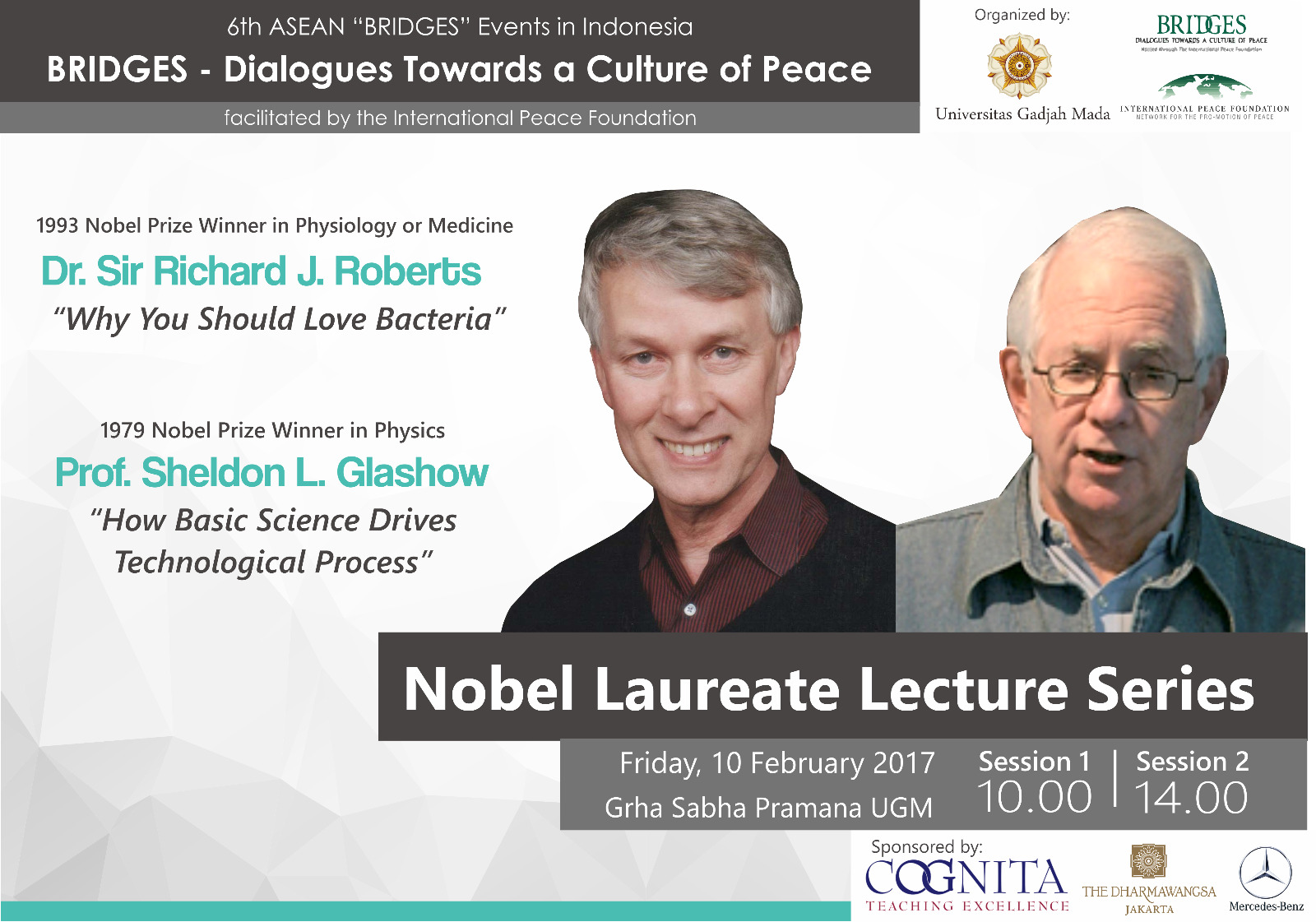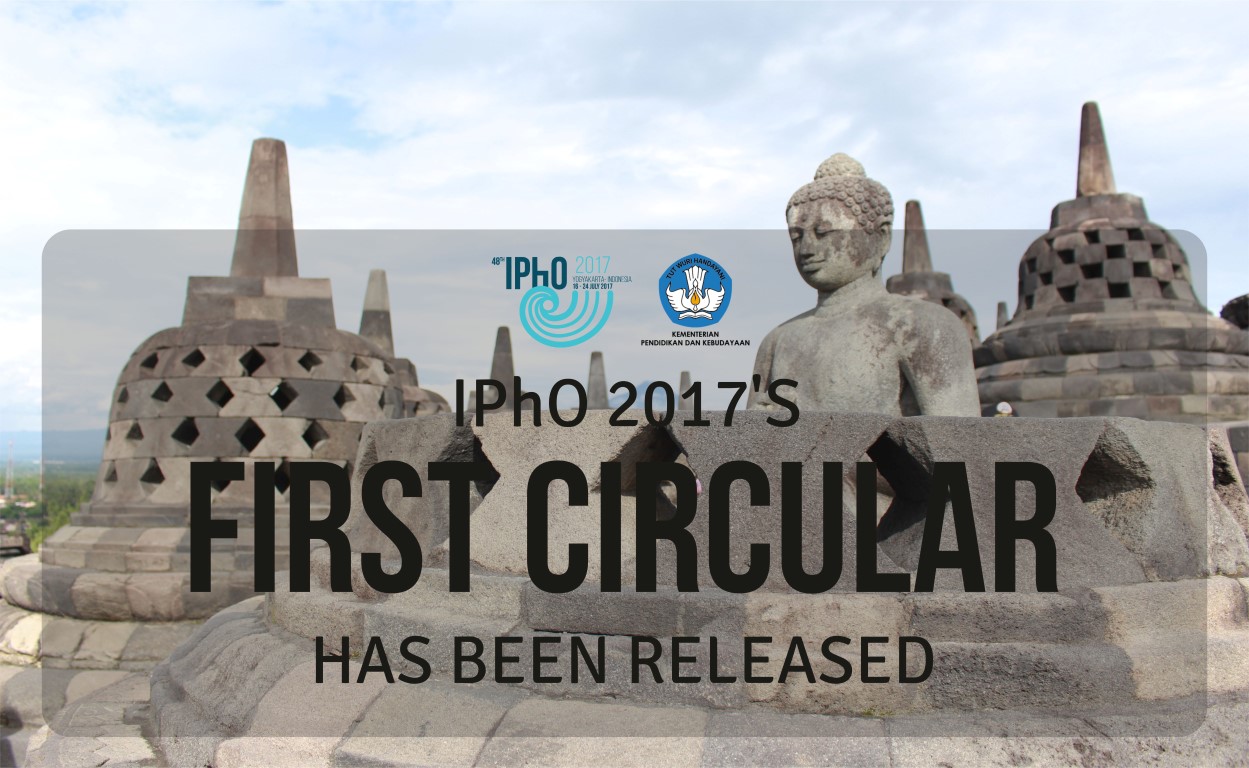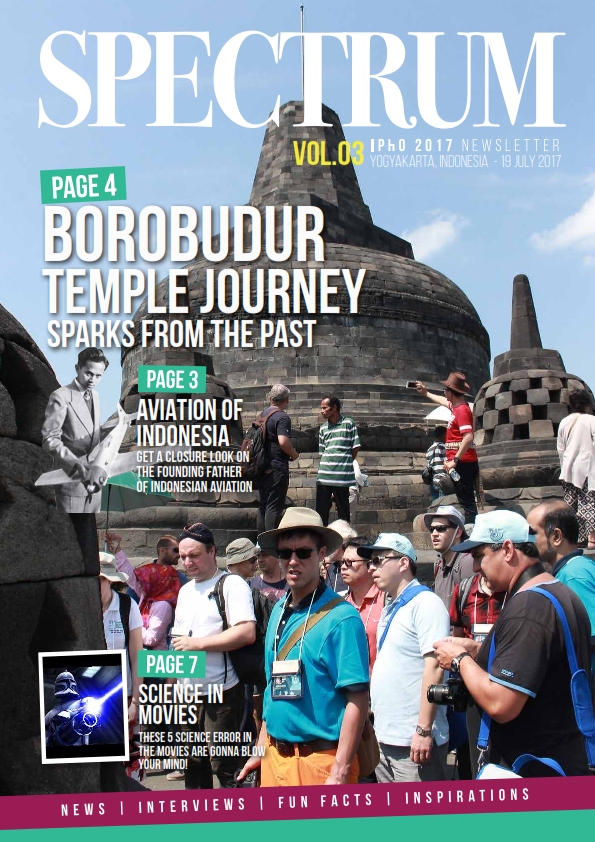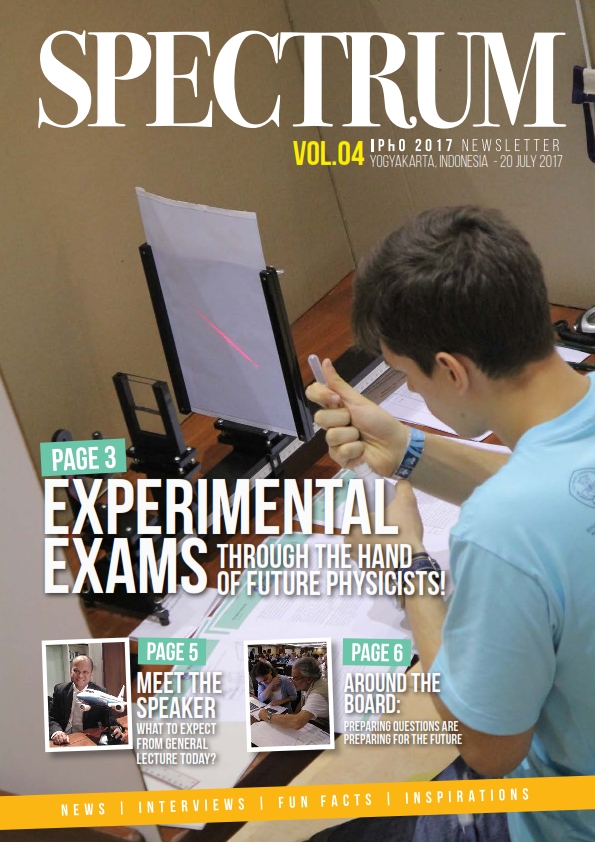Physics World
2016 Nobel Prize in Physics

This year Nobel Prize in Physics is awarded to David J Thouless (University of Washington, Seattle), F. Duncan M. Haldane (Princeton University) and J. Michael Kosterlitz (Brown University, Providence) for their contribution in building a theory about topological phase transition and topological phases of matter. Their discoveries brings breakthroughs towards the theoretical understanding of matter, especially in the considered one and two dimentional materials such as thin films and thin wires.
By using topological concepts, where topology itself is a branch of mathematics, the Laureates have opened a new perspective in explaining the unusual phenomena that occur in low dimentonal materials at a very low temperature (close to absolute zero). Unlike in macroscopic world where the crystal structures are the leading role in the phase transition of matter, in a thin film and at a low temperature close to the absolute zero, the leading role is played by vortices. When the temperature is only several degree above the absolute zero, the vortices of the material form vortex-dipoles, but when its temperature is rised the pairs move from each other. This topological phase transitions is known as KT-transition (Korstelitz-Thouless transition), and this is one of the most important discoveries in the theory of condensed matter of physics of the twentieth centuries.
The other unusual phenomenon is the quantum Hall effect that can fully described by David Thouless in 1983, using topology. This phenomenon occurs when a thin conductive layer between two semiconductor layers is cooled close to -273 oC and subject to a strong magnetic field. The strange thing is its electrical conductance has a very precise value and only change in steps which is an exact multiple interger, when the value of magnetic field is changed. This is something that very unusual in physics, an exact value in measurement. This interesting phenomenon occurs because the electrons in the layer form the topological quantum fluid. Another quantum fluid phenomenon was found by Duncan Haldane in 1988 while observing thin semiconductor layers. The topological quantum fluids can form in it, even when there is no magnetic field applied. Haldane also found in earlier work (1982) that this topological state also can be found in the chains of magnetic atoms.
Oportunities arise from this achievements for researchers to make further discoveries and development. In the condensed matter of physics, the attempt to create the new exotic topological materials is now being the frontline research, in the hope that topological materials will bring great advantages to the future, especially in the fields such as electronics, superconductors and even quantum computers.
For further information, you can visit: http://www.nobelprize.org/nobel_prizes/physics/laureates/2016/press.html
Prof. Sheldon L. Glashow: There is no useless science

On 10 February 2017, Universitas Gadjah Mada (UGM) in collaboration with International Peace Foundation held the Nobel Laureate Lecture Series in Yogyakarta as part of 6th ASEAN BRIDGES Events in Indonesia - Dialogues Toward a Culture of Peace. The aim of this event was to establish long-term relationships through the Nobel Laureates by enhancing science, technology and education as a basis for peace and development also to lead a better cooperation for the advancement of peace, freedom and security. One of the speakers is the 1979 Nobel Prize Winner in Physics, Prof. Sheldon L. Glashow, who gave a lecture entitled ?How Basic Science Drives Technological Process-and Vice Versa?. Prof Sheldon Lee Glashow was awarded the Nobel Prize together with Prof. Abdus Salam and Prof. Steven Weinberg for their complementary efforts in formulating the electroweak theory which explains the unity of electromagnetism and the weak force. On the occasion, the Laureate has also received a Doctor Honoris Causa (HC) degree from UGM for his perseverance in observing the connectivity in the universe. The promotor of this degree award was a professor in Physics Department of UGM, Prof. Dr Kamsul Abraha, who is also the chairman of the 48th International Physics Olympiad (IPhO) 2017 that will be held in Yogyakarta as well on 16-24 July 2017.
On his lecture, Prof Glashow pointed out that there is no useless science. Basic science, either pure or applied science, has long made people wonder, ?What the use of this knowledge?? since most of them are remotely related to human activities. However, on his lecture, Prof Glashow remarked that even the seemingly very useless science such as the ?number theory? has become essential to modern cryptography. They are not useless, but just need time to come to its usefulness. Some of them needed only less than five years to be useful, while some of them needed more than 100 years to be useful.
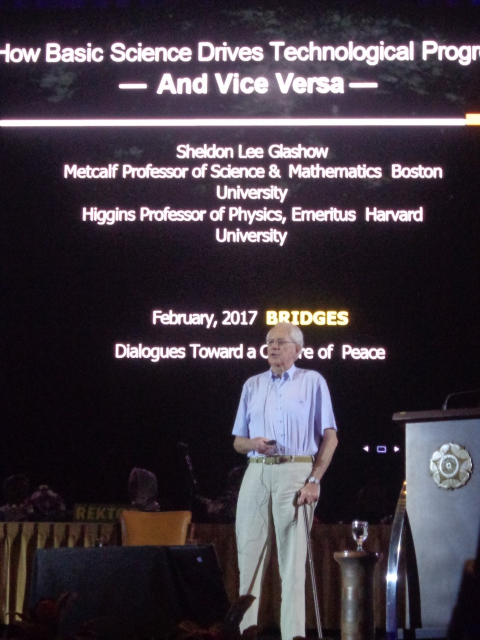
In physics, there is giant magneto resistance (GMR) effect that only needed three years to be applied as gigabytes hard drive. But there are also general relativity that needed 78 years to be applied on global positioning and photovoltaics that needed 115 years to be applied to solar panels. The length of the usefulness could be caused by the necessity, war or the missing technology. They are some examples of basic sciences that being the start of nowadays technology. But there are also basic sciences that come after the technology already a well-known one such as steam engines that have been invented long before it could be understood. So it challenged the physicists to develop the science of thermodynamics.
Either planned or accidentally discovered, basic sciences are the base of our easy life now. So it is the time for us, the young generation, to make a better future through science.


